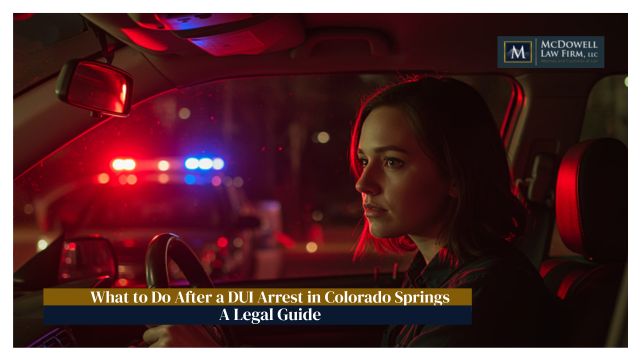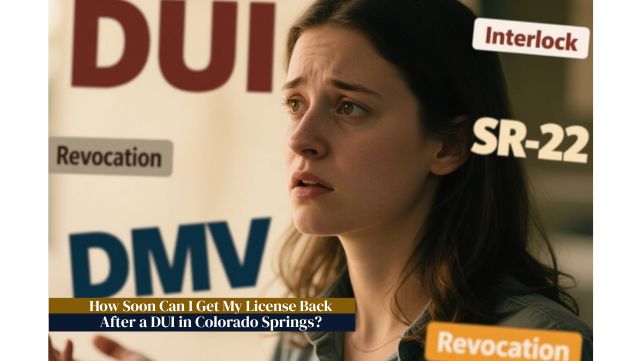One of the most common questions I get asked on initial phone calls, “How much does your law firm charge for accident cases?”
We understand that when you’ve been hurt in an accident, that bills are piling up. Medical bills, fixing your car, maybe you’re missing work as well. Then all of the other costs that seem to add insult to injury, car rentals, deductibles, paying for help around the house (cleaning, lawn care, take-out for dinner, etc.). I have seen it hundreds of times when you feel like everything is piling up, and it becomes overwhelming from a financial, emotional and mental standpoint.
- Contingency fees
- Flat fees
- Hourly rates
Each of these fee structures is designed to accommodate different types of cases and the circumstances of our client. We’ll cover how these fees work and what you can expect when you hire a lawyer for your car accident case. We will also take you through the basic steps of how an injury case typically proceeds.
1. Contingency Fees
The Most Common Method for Car Accident Cases
The majority of car accident lawyers charge on a contingency fee basis. This means that the lawyer’s fees are contingent upon the outcome of your case. If you do not win or settle your case, you do not owe any attorney fees. Contingency fees are popular in personal injury cases because they allow clients who may not have the initial funds to pay for legal representation the opportunity to hire a lawyer to represent their rights.
How Contingency Fees Work:
Percentage of the Settlement: Contingency fees are usually calculated as a percentage of the total settlement or judgment obtained by the lawyer on behalf of the client. Contingency fees will vary but typically ranges from 25% to 40%, depending on the complexity of the case and the law firm’s experience and part of the country you are located.
Case Costs: It’s important to understand the difference between attorney fees and case costs. Case costs might include expenses for things like court filing fees, obtaining medical records, and expert witness fees. Some lawyers will advance these costs and then deduct them from the final settlement, while others might require the client to handle these expenses throughout the case.
Contingency fee arrangements should include a written agreement that outlines what percentage the lawyer will receive and how the other expenses will be handled. The fee agreement and disclosures helps clients understand their financial obligations from the beginning of the case
2. Flat Fees
Less Common for Personal Injury Cases
Flat fees are a one-time charge for legal services and are not dependent on the outcome of the case. This type of fee arrangement is far less common in car accident cases. This is principally because auto and motorcycle cases typically involve complex negotiations and unforeseeable developments that can complicate the amount of work required. However, for simpler matters such as negotiating a small, straightforward claim with an insurance company, a lawyer might offer a flat fee service. Talk to your prospective attorney about whether this is an option in your case.
3. Hourly Rates
Under an hourly rate fee structure, the lawyer charges a set rate for each hour (or portion of an hour) that they work on your case. Hourly rates are far less common in car and truck accident cases. When lawyers charge by the hour, they typically require a retainer before they begin work on your case. A “retainer” is an upfront amount that is placed in a trust account and billed against as the lawyer performs work on your case. If the retainer is depleted, the attorney will ask that the retainer is replenished as they continue to work on your matter. An hourly rate is far more common a fee structure in criminal or divorce matters, based on the nature of the cases.
Basic Steps of an Injury Case
Understanding how an injury case proceeds can also help you follow why certain fee structures are used and what might be expected of you as a client.
The typical stages of an auto accident case:
- First Consultation: Initially, you will meet with your lawyer to discuss the details of your accident, the extent of your injuries, and the overall circumstances of your case. We always offer free, no obligation consultations on all matters we handle.
- Investigation: The attorney and his staff will gather evidence, including police reports, witness statements, medical records, and possibly accident reconstruction to build your accident case.
- Demand and Negotiation: When your lawyer has an understanding of the damages and has determined the at-fault party, they will typically make a demand to the insurance company or companies. If the insurance company makes an acceptable and reasonable offer, the case might settle at this stage. If you are not able to settle the case initially, negotiations may continue.
- Filing a Lawsuit: If a settlement cannot be reached, your lawyer will ultimately file a lawsuit. This step involves drafting and filing a legal complaint, as well as handling other procedural requirements required to begin a car accident suit.
- Discovery: During discovery, both sides exchange information through requests for documents, depositions, and interrogatories. This phase can be lengthy, depending on the complexity of the case. This is where the attorneys learn more about the case through statements, and/or evidence that is in the possession of the other party.
- Mediation and Negotiation: Parties will attempt to mediate or negotiate a mutual settlement agreement even after a lawsuit has been filed to avoid a trial. Some courts require that the parties engage in mediation before trial. In my experience mediation is helpful to understand the strengths and weaknesses of the other side’s case through a mediator who is often times a retired Judge.
- Trial: If no settlement is reached, the case will proceed to trial. This may be a trial to a Judge or to a Jury. The plaintiff and the defendant present their evidence and arguments with the hope of obtaining a favorable verdict. A trial is always risky because they require additional time and costs. Even riskier, either side could receive an unfavorable verdict and leave them in a costly position.
- Settlement or Judgment: Once a favorable verdict is reached, a judgment will be awarded to the plaintiff. This could be significantly more or less than the amount that was being previously negotiated. However, if the trial results in a defense verdict, the plaintiff could be liable for costs, so it is important to discuss the risks and rewards with your legal counsel before trial.
Conclusion
Always discuss all your concerns with your accident attorney before you retain them as counsel. Even after you have retained counsel, be sure to discuss your questions and concerns about your case as they arise. Staying well-informed throughout the case can make a stressful situation a little easier.
Hopefully, this short article outlining the basic fee structures and steps of a personal injury case, helped you understand what to expect after a serious injury.
We want our clients to focus on getting better and back to their routine after an accident. Whether it was a motorcycle, car or truck accident, our goal is to help Colorado accident victims focus more on their recovery and less on their financial uncertainties.






